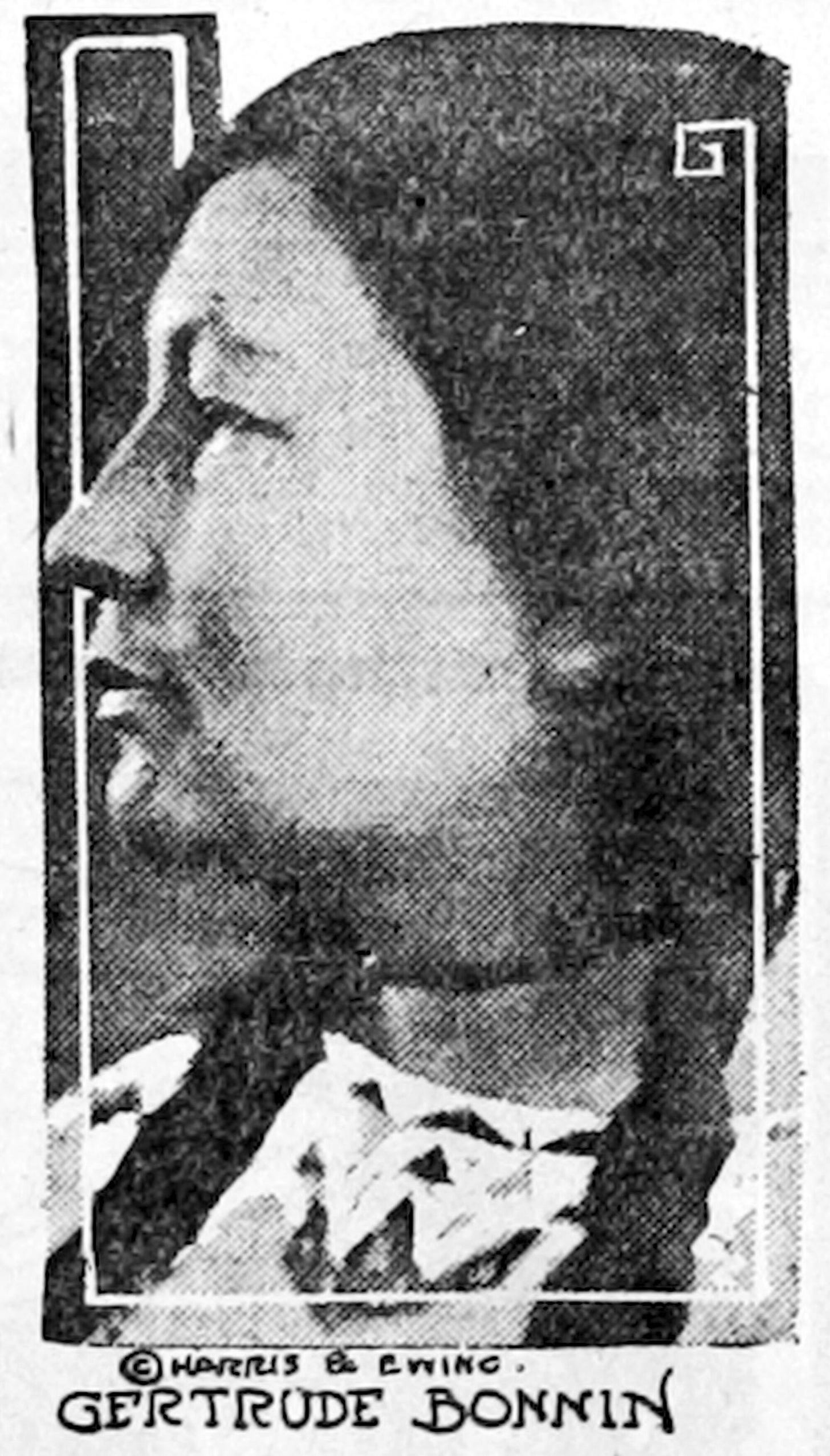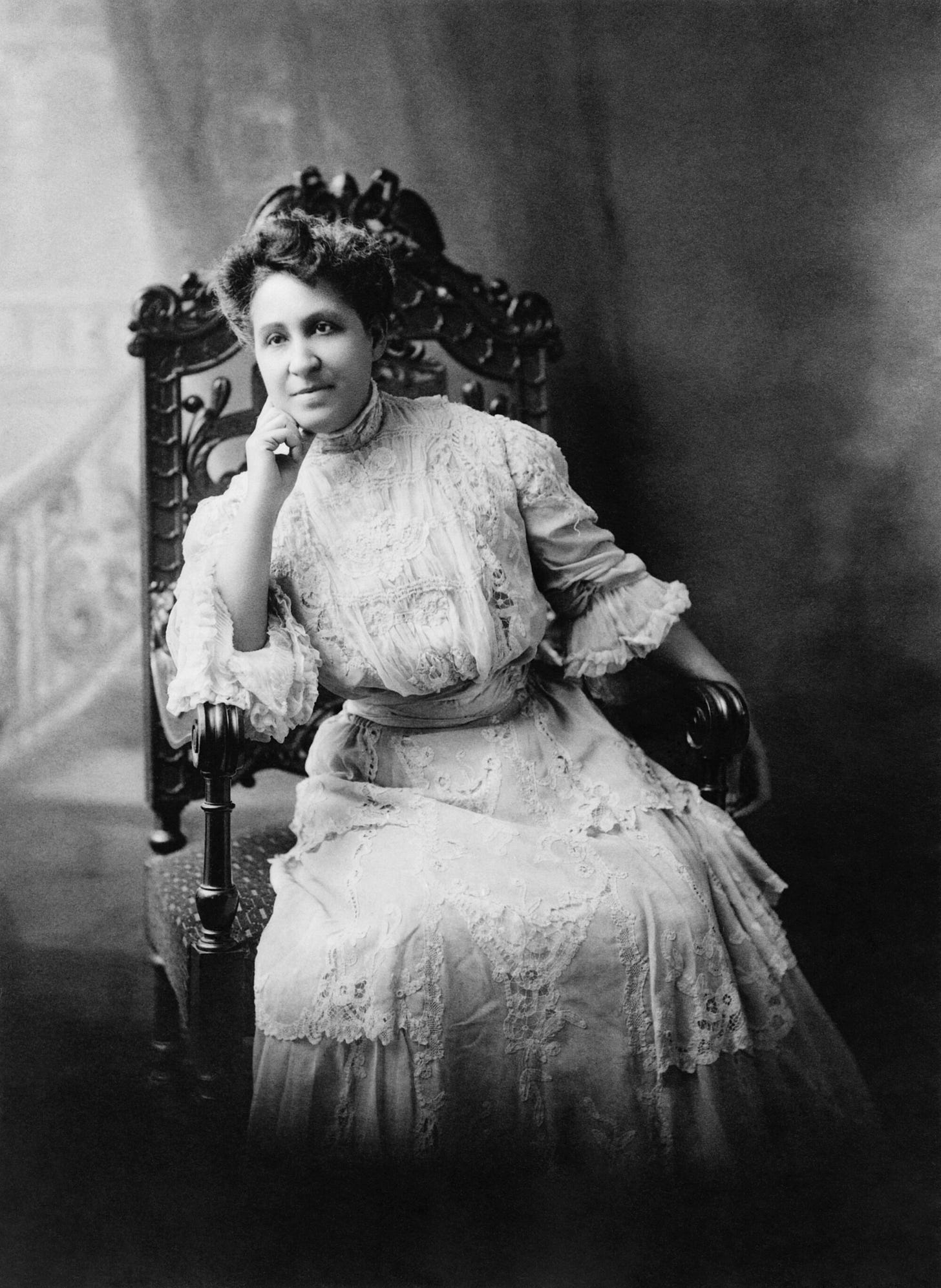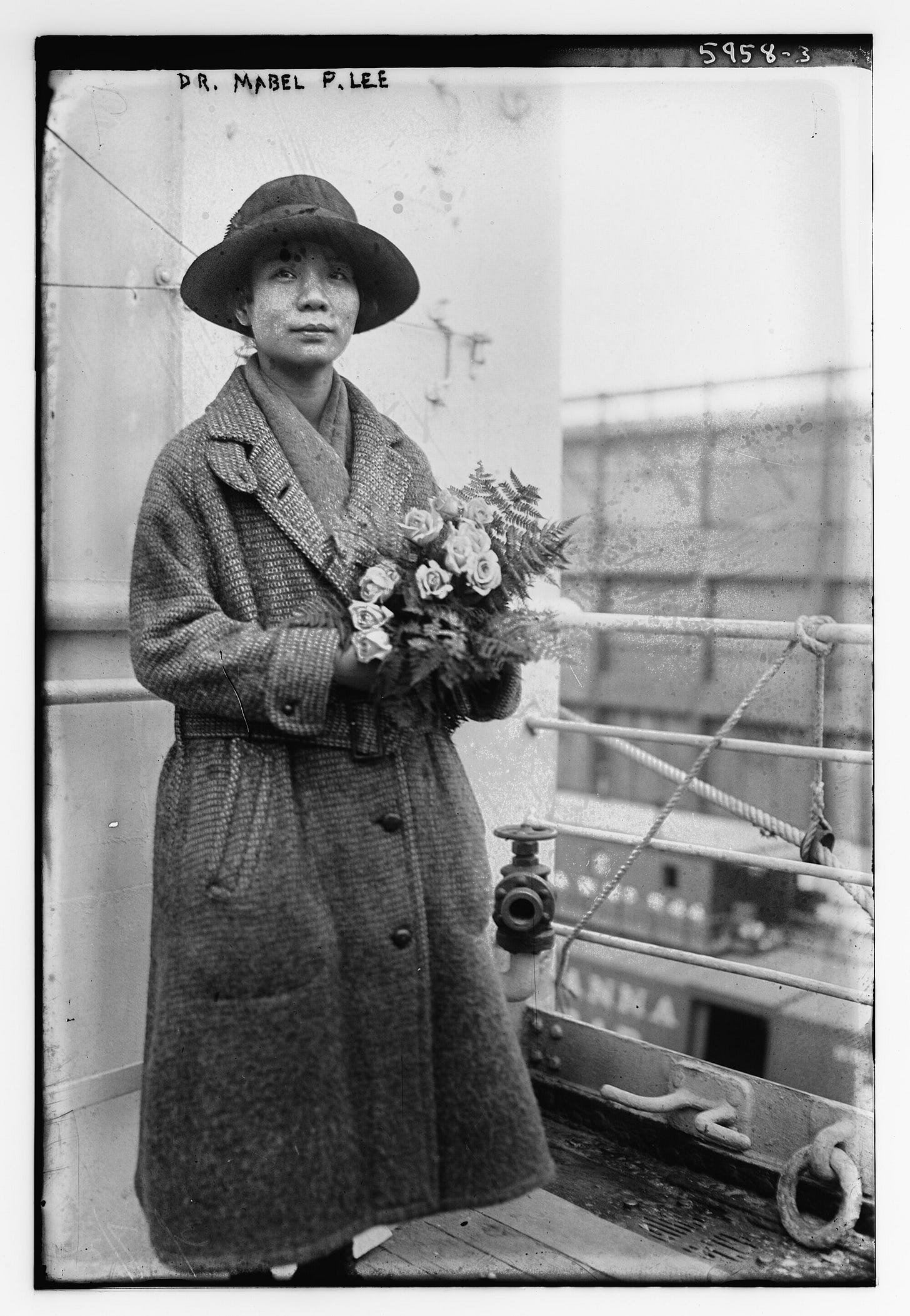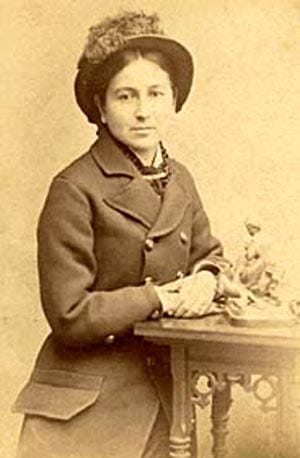For much of American history, women were not allowed to vote.
While the U.S. Constitution (the main set of laws for the country) did not originally say who could vote, most states only allowed white men who owned property to cast ballots.
Over time, voting rights expanded, but women were still left out. That changed with the passage of the 19th Amendment in 1920, which granted some women the right to vote. However, the fight for this right was long and difficult, involving decades of activism, protests, and legal battles.
When the United States was founded in the late 1700s, the idea of democracy (a government where the people make decisions) was still new. The Founding Fathers debated many topics, but most of them believed that only certain people, mainly white men with property, should have a say in government. Women, enslaved people, and most non-white men were intentionally not included in voting rights.
As the country grew, more groups fought for their right to vote. After the Civil War, the 15th Amendment was passed in 1870, giving Black men the right to vote.
However, all women were still excluded, and many believed it was time to change that. The push for women’s voting rights became known as the women’s suffrage movement (suffrage means the right to vote).

The movement for women’s voting rights began in the early 1800s. Many women, including Elizabeth Cady Stanton and Susan B. Anthony, became leaders in the fight. In 1848, they organized the Seneca Falls Convention in New York, where they called for equal rights, including the right to vote.
Some, like Alice Paul and the National Woman’s Party, held protests outside the White House, demanding that President Woodrow Wilson support their cause. Their efforts faced resistance from people who believed women should not be involved in politics.
For decades, suffragists (people who fought for voting rights) marched, gave speeches, and even went to jail for their cause. However, the plight and needs of Black women were consistently left out of mainstream suffrage demands.
The Passage of the 19th Amendment
After years of struggle, the U.S. Congress finally passed the 19th Amendment in 1919.
However, an amendment must be approved by at least three-fourths of the states before it becomes law. The battle for state approval was intense, with some states rejecting the amendment.
The final deciding vote came from Tennessee in August 1920, when a young lawmaker, Harry T. Burn, changed his vote at the last minute after receiving a letter from his mother urging him to support women’s rights.
On August 18, 1920, the 19th Amendment was officially added to the Constitution.
It states:
"The right of citizens of the United States to vote shall not be denied or abridged (limited) by the United States or by any State on account of sex."
While the amendment legally granted women the right to vote, Black women, and women of color overall, still faced barriers.
Discriminatory laws in the South, such as literacy tests and poll taxes (fees to vote), kept Black women from voting. You can learn more about these laws here.
Native, Asian, and Latina women also faced challenges because of racist laws that restricted their citizenship and voting rights. It wasn’t until the Voting Rights Act of 1965 that many of these barriers were removed.
While their stories are often left out of Suffrage History, there were many courageous women who fought for the voting rights of their communities:
Ida B. Wells-Barnett, a journalist and pioneering anti-lynching activist, co-founded the Alpha Suffrage Club in Chicago to organize and empower Black women politically. You can learn more about Ida's work in our article celebrating her achievements.
Mary Church Terrell, one of the first Black women to earn a college degree, helped found the National Association of Colored Women and championed both racial justice and women’s voting rights.
Native American activist Zitkála-Šá (Gertrude Simmons Bonnin), a Yankton Dakota writer and educator, worked to secure voting rights and tribal sovereignty through her leadership in the National Council of American Indians.

Mabel Ping-Hua Lee, a Chinese American suffragist, marched at the front of New York’s suffrage parades as a teenager and advocated for equal rights, even though Chinese immigrants were barred from U.S. citizenship.
Another important figure, Susette La Flesche Tibbles (also known as Bright Eyes), an Omaha woman and writer, linked Native rights to the broader suffrage struggle through legal advocacy and public lectures.
These women broadened the scope of the suffrage movement, connecting the fight for the vote with battles for racial equity, citizenship, and social justice that continue today.
The 19th Amendment was a major victory for democracy in the United States. It allowed millions of women to participate in elections and have a voice in government.
Over time, women have become powerful political leaders, including members of Congress, governors, Supreme Court justices, and even vice president.
Today, women continue to fight for equal rights in many areas, but the passage of the 19th Amendment was a key moment in American history that changed the country forever.
Sources and Further Reading
National Archives: 19th Amendment
Library of Congress: Women’s Suffrage Movement
Smithsonian: The Fight for Women’s Voting Rights





